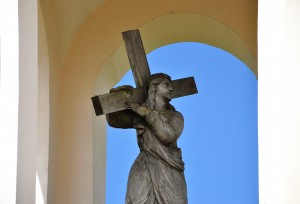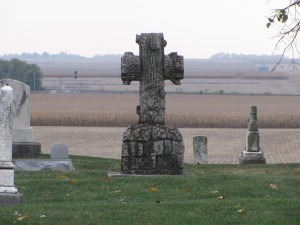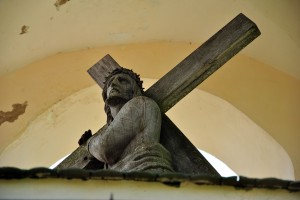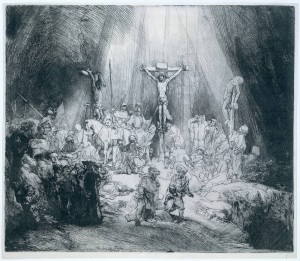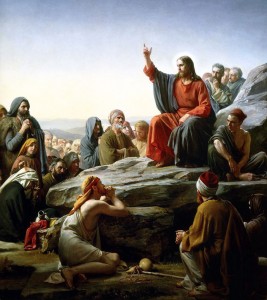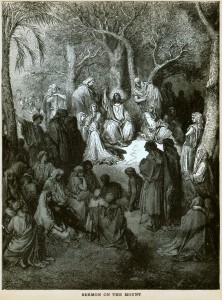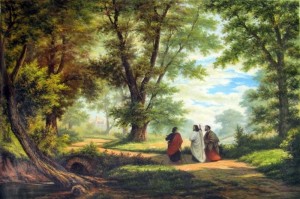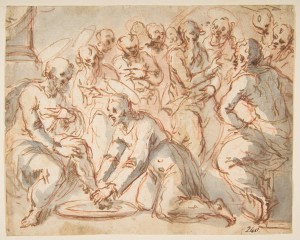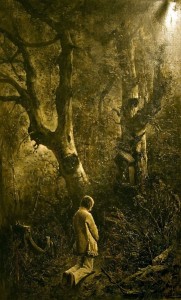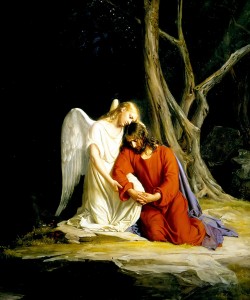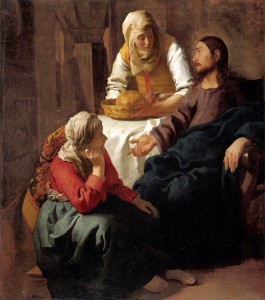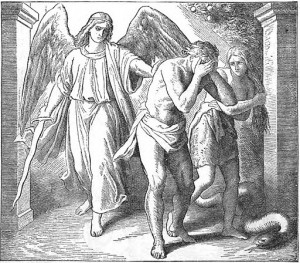Most merciful God, we are sinners.
We are covered with the ashes of our sins.
We are at war against you and our fellow human beings in what we say, in what we think, and in what we do.
We have even left undone the good things you have commanded us to do.
Thousands of Jesus-followers covered themselves in ashes on Wednesday. The ashes of mourning and grief over our sins, the ashes of repentance.
I do not belong to a faith tradition that follows the Church calendar, yet I have found great value in the rhythms and liturgies of these traditions. So I have found a local church to whom I can go on occasion to celebrate these holy days.
Each year we stand and together confess that we have failed. That we have sinned against God and against each other.
Even the good we have failed to do.
We are beginning a season of facing our sins. Of looking straight in a mirror and not shrinking from what we have done. Or from who we are.
Even if you do not follow these days of Lent, you must have times of examining your heart with the Spirit’s help. It is necessary for the health of your soul.
God has given us rhythms of celebration and mourning, and this, these days leading up to Easter, is the time for us to look deeply at the depth of our own depravity.
This is the time for us to try to understand how wretched, how filthy, how empty-handed we are.
Yet we do not only cover ourselves with ashes.
We are covered with ashes in the shape of the cross.
I stood before the pastor who dipped his thumb into the ashes from the burning of last year’s palm branches, and he placed those ashes in the sign of the cross on my forehead.
And he spoke over me.
He spoke over me and everyone who stood before him, just as the thousands all over the world who received these ashes heard words spoken over them in every language and every tongue.
You are covered with the cross of Christ.
Always and forever.
I usually spend the rest of the service with tears flowing down my cheeks.
Yes, I am wretched, I am filthy, I am empty-handed.
And I am covered with the cross of Christ.
Ashes that are left after a purging fire become the fertilizer for the new growth.
These ashes are not just the leftovers from destruction, they are the life-enablers.
How?
Because we are covered with the cross of Christ.
That is the hope of Lent.
That is the hope that propels us straight into Easter.
But you can’t take any shortcuts. You can’t skip over your sin or Easter won’t mean anything to you.
You need this season of Lent to let God’s Spirit search the depths of your heart and show you what is truly there.
But don’t be afraid.
Who you are in your depths doesn’t change whose you are.
You are covered with the cross of Christ.
Ash Wednesday – by Malcom Guite
Receive this cross of ash upon your brow
Brought from the burning of Palm Sunday’s cross;
The forests of the world are burning now
And you make late repentance for the loss.
But all the trees of God would clap their hands,
The very stones themselves would shout and sing,
If you would covenant to love these lands
And recognize in Christ their lord and king.
He sees the slow destruction of those trees,
He weeps to see the ancient places burn,
And still you make what purchases you please
And still to dust and ashes you return.
But Hope could rise from ashes even now
Beginning with this sign upon your brow.
To hear my blog post read aloud, just click the play button. If you’re reading this in an email, you may have to click here to hear the post on my site.
Art credits: Two photos of the statue of Christ carrying the cross by Asta Kr; Three Crosses sketch by Rembrandt; photo of cross in cemetery by Made Sacred

